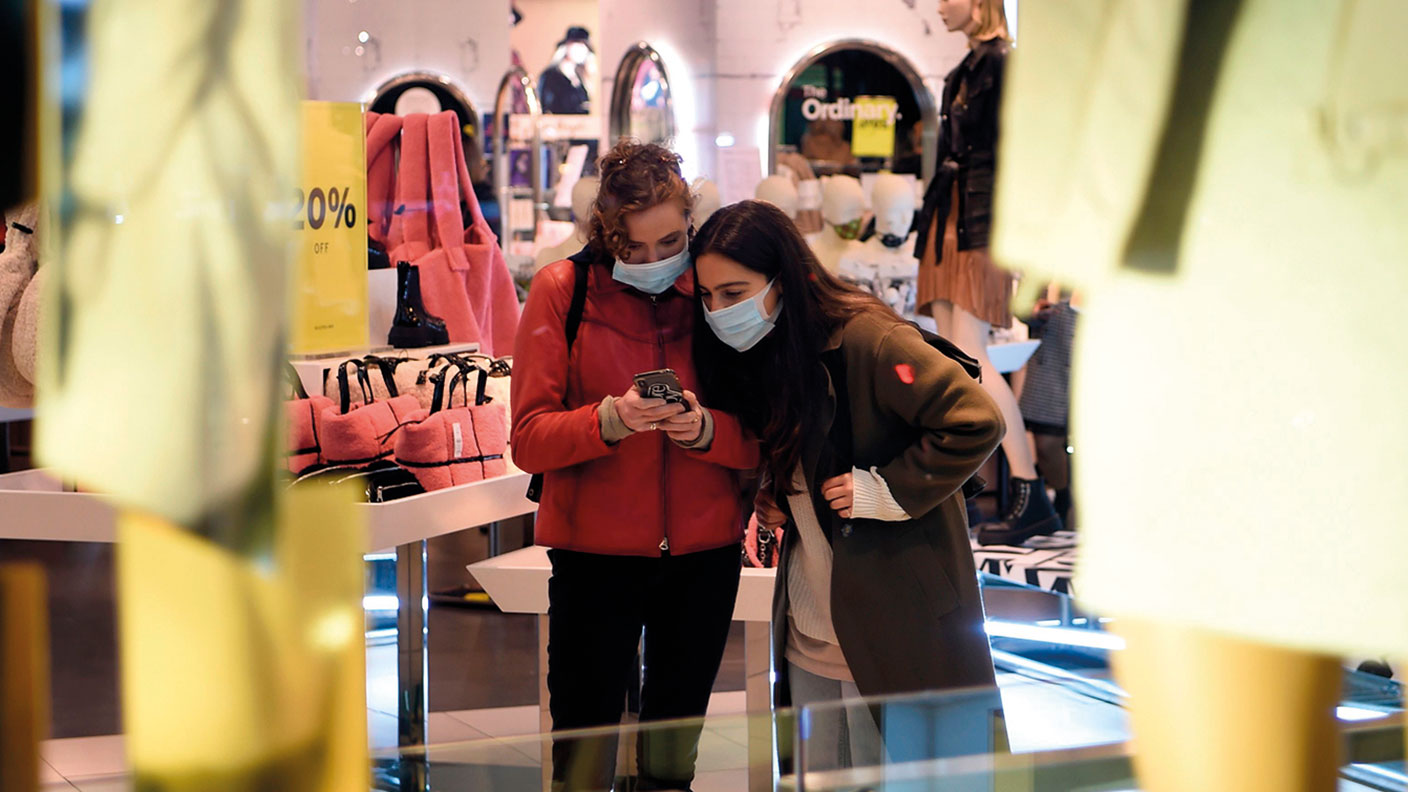How ASOS became the new king of the high street
Online clothing retailer ASOS has snapped up a swathe of brands from the administrators of Philip Green’s insolvent Arcadia group.


Online clothing retailer ASOS will spend more than £300m to buy Arcadia’s Topshop, Topman, Miss Selfridge and HIIT brands from the administrators of Philip Green’s insolvent group, says Jonathan Eley in the Financial Times. The deal involves an upfront payment of £265m for the brands, plus £30m for existing inventory. ASOS will also honour £35m of forward purchase orders. However, many of Arcadia’s 13,000 employees are likely to lose their jobs as the agreement “does not include the group’s 70 stores, including its Oxford Street Topshop flagship”.
The deal is not only ASOS’s “first acquisition of a fashion brand”, but also a “stark change from its strategy of creating its own brands”, says The Times. As a result, investors need to be aware of the problems of “integration risk [and] management distraction” as well as the dangers of “buying an asset from Sir Philip Green after the BHS debacle”. Still, if things go well ASOS should be able to use Topshop to “push further into Europe and the US” without the burden of its “oversized, dated store estate”, justifying the price tag. Adding Topshop’s online operations will boost sales by £220m immediately.
This is a key moment for a fashion industry that, until very recently, “was conceived around clothes shopping as a leisure pursuit and a social activity”, says Jess Cartner-Morley in The Guardian. While boutiques are still “powerful status symbols at designer level” – witness LVMH recently refurbishing the historic Parisian store La Samaritaine for €750m – “mass fashion” is likely to end up mostly online.
MoneyWeek
Subscribe to MoneyWeek today and get your first six magazine issues absolutely FREE

Sign up to Money Morning
Don't miss the latest investment and personal finances news, market analysis, plus money-saving tips with our free twice-daily newsletter
Don't miss the latest investment and personal finances news, market analysis, plus money-saving tips with our free twice-daily newsletter
Get the latest financial news, insights and expert analysis from our award-winning MoneyWeek team, to help you understand what really matters when it comes to your finances.


